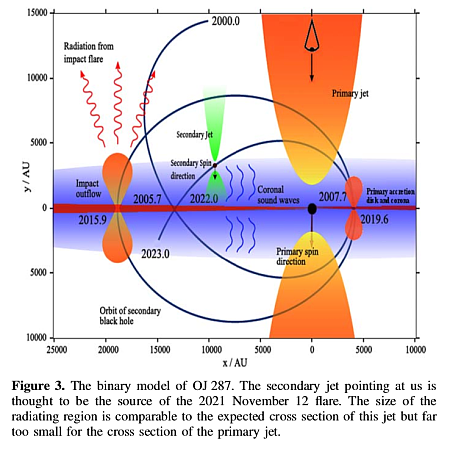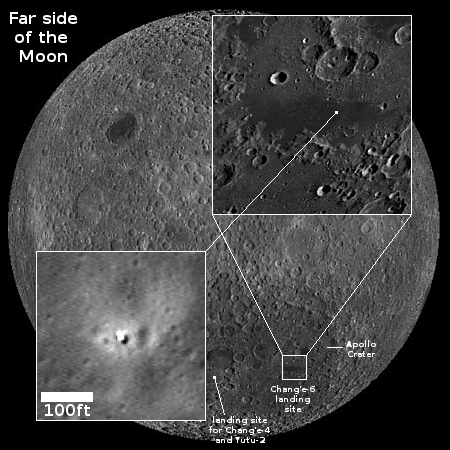SpaceX completes two launches today, from opposite coasts
The bunny marches on! SpaceX successfully completed two launches today.
First, its Falcon 9 rocket launched 22 Starlink satellites from Cape Canaveral in Florida. This was the launch that had been delayed several times by weather, and then by a tecnical launch abort at T-0. After several days of review, it lifted in the morning today with no problems, the first stage completing its eleventh flight, landing on a drone ship in the Atlantic.
Then, about ten hours later a Falcon 9 rocket lifted off in the evening Vandenberg in California, putting 20 Starlink satellites into orbit, 13 of which are said to be designed for direct cell-to-satellite capabilities. This first stage also completed its eleventh flight, landing on a drone ship in the Pacific.
This post is a bit late because we had a five hour power outage in my neighborhood tonight, caused apparently when someone drove into a utility pole and knocked it over.
The leaders in the 2024 launch race:
66 SpaceX
28 China
8 Russia
8 Rocket Lab
American private enterprise now leads the world combined in successful launches, 77 to 42, while SpaceX by itself still leads the entire world, including other American companies, 66 to 53.
The bunny marches on! SpaceX successfully completed two launches today.
First, its Falcon 9 rocket launched 22 Starlink satellites from Cape Canaveral in Florida. This was the launch that had been delayed several times by weather, and then by a tecnical launch abort at T-0. After several days of review, it lifted in the morning today with no problems, the first stage completing its eleventh flight, landing on a drone ship in the Atlantic.
Then, about ten hours later a Falcon 9 rocket lifted off in the evening Vandenberg in California, putting 20 Starlink satellites into orbit, 13 of which are said to be designed for direct cell-to-satellite capabilities. This first stage also completed its eleventh flight, landing on a drone ship in the Pacific.
This post is a bit late because we had a five hour power outage in my neighborhood tonight, caused apparently when someone drove into a utility pole and knocked it over.
The leaders in the 2024 launch race:
66 SpaceX
28 China
8 Russia
8 Rocket Lab
American private enterprise now leads the world combined in successful launches, 77 to 42, while SpaceX by itself still leads the entire world, including other American companies, 66 to 53.












